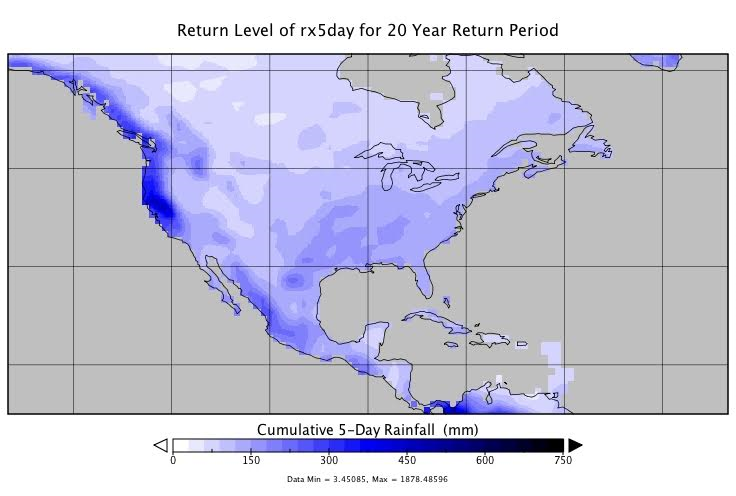
Society's growing needs for robust and relevant climate information have fostered an explosion in tools and frameworks for processing climate projections. Many top-down workflows might be employed to generate sets of pre-computed data and plots, frequently served in a "loading-dock style" through a metadata-enabled search and discovery engine. Despite these increasing resources, the diverse needs of applications-driven projects often result in data processing workflow requirements that cannot be fully satisfied using past approaches. In parallel to the data processing challenges, the provision of climate information to users in a form that is also usable represents a formidable challenge of its own. Finally, many users do not have the time nor the desire to synthesize and distill massive volumes of climate information to find the relevant information for their particular application. All of these considerations call for new approaches to developing actionable climate information. CRMe seeks to bridge the gap between the diversity and richness of bottom-up needs of practitioners, with discrete, structured top-down workflows typically implemented for rapid delivery. Additionally, CRMe has implemented web-based data services capable of providing focused climate information in usable form for a given location, or as spatially aggregated information for entire regions or countries following the needs of users and sectors. Making climate data actionable also involves summarizing and presenting it in concise and approachable ways. CRMe is developing the concept of dashboards, co-developed with the users, to condense the key information into a quick summary of the most relevant, curated climate data for a given discipline, application, or location, while still enabling users to efficiently conduct deeper discovery into rich datasets on an as-needed basis.